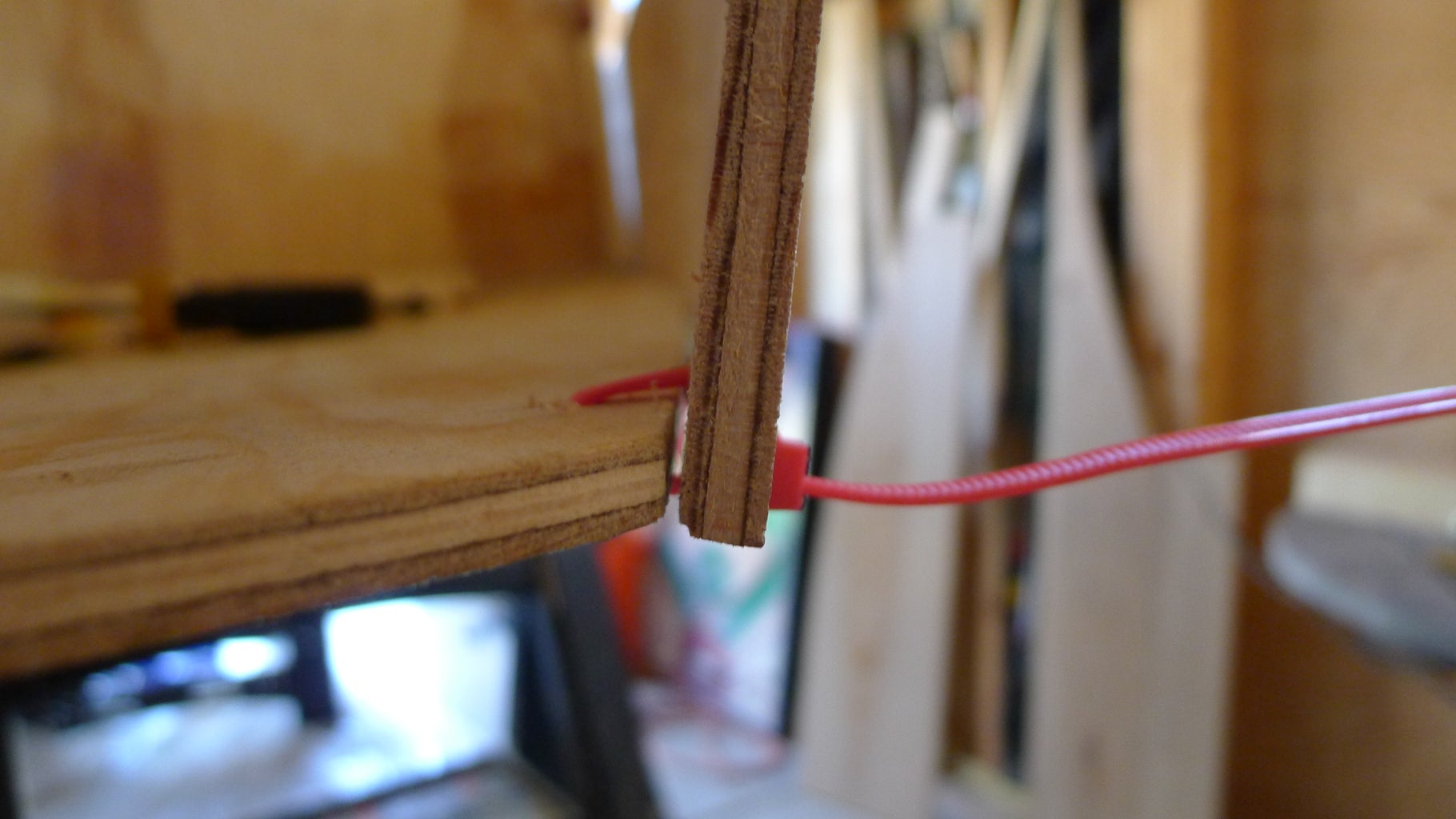
Beyond the Plans: Unveiling Hidden Gems in Stitch-and-Glue Boatbuilding
Stitch-and-glue boatbuilding, a method lauded for its accessibility and relative simplicity, often leaves out crucial nuances rarely discussed in typical "how-to" guides. This review of a hypothetical "Step-by-Step Guide to Building Your Own Stitch-and-Glue Boat" (let's call it "the Guide") goes beyond the surface, exploring often-overlooked aspects vital to success and satisfaction. We'll tackle these through a Q&A format, drawing on practical experience and research to offer unique insights for hobbyists and professionals alike.
The Unsung Heroes: Material Selection and its Impact
The Guide likely details plywood choices, but does it delve deep enough into the subtleties of plywood grading and its influence on the final product?
Q: How does plywood grade really affect my boat's performance and longevity?
A: Marine-grade plywood is a must, but even within that category, grades vary significantly. A higher-grade plywood with fewer voids and consistent thickness translates to a stronger, more water-resistant hull, reducing long-term maintenance needs. Research from organizations like the American Boat and Yacht Council (ABYC) highlights the importance of choosing plywood meeting specific standards for marine applications. Don’t just pick the cheapest â€" factor in the lifetime cost.
Q: Beyond plywood, what other material choices often get overlooked?
A: The Guide might mention epoxy, but does it discuss the impact of different epoxy formulations? Choosing an epoxy with UV resistance is critical for longevity. Similarly, the choice of stitching material (often nylon or polyester) affects the structural integrity and durability of the hull. Research into the different strengths and weaknesses of these materialsâ€"and their resistance to degradation in different marine environmentsâ€"is vital. This information is usually buried within technical data sheets that builders often skip.
Beyond the Blueprint: Mastering the Art of Adaptation
Most guides provide a set of plans. But what about adapting those plans to your specific needs and the resources you have available?
Q: How can I modify plans to suit my local climate and sailing conditions?
A: The Guide may not address regional variations. A design optimal for calm lake sailing might be unsuitable for rough coastal waters. Consider factors like expected wave heights and wind speeds when evaluating the hull design. Consulting with experienced boatbuilders or naval architects can be invaluable in making informed modifications. Websites like Boat Design Net offer valuable resources and discussions.
Q: Can I creatively source materials or tools, and how does that affect the outcome?
A: One shouldn't just blindly follow a materials list. Think resourcefully! Could you source reclaimed lumber for certain parts of the boat, perhaps after treating it properly? Could you adapt tools you already possess, even if they’re not explicitly mentioned in the Guide? This isn’t about cutting corners â€" it’s about smart resource management and developing problem-solving skills, crucial for any builder. Documenting these creative solutions can provide valuable insights for future projects. Sharing them online (following appropriate safety considerations) allows others to learn from your experiences.
The Human Element: Lessons from the Workshop
This section transcends the technical aspects and delves into the often unspoken challenges and triumphs of the building process.
Q: How do I manage the project effectively without losing motivation?
A: Building a boat is a marathon, not a sprint. The Guide might provide a timeline, but real-life often throws curveballs. Break down the project into manageable milestones, celebrate small victories, and don’t be afraid to take breaks when needed. Join online forums or local boatbuilding communities for support and encouragement. The sense of accomplishment from overcoming challenges is a crucial part of the learning process, and often overshadowed by solely focusing on the technical details.
Q: What are some common mistakes to avoid, especially for beginners?
A: Beyond the obvious, many beginners struggle with proper epoxy mixing ratios, leading to weaker joints. Others underestimate the importance of fairings and finishing, impacting both aesthetics and performance. Learning from the mistakes of othersâ€"through online forums, workshops, and mentorship â€" is incredibly valuable. Many experienced builders happily share their hard-won knowledge.
In conclusion, while a comprehensive stitch-and-glue guide provides essential technical instructions, success hinges on understanding the nuances, adapting to circumstances, and embracing the learning journey. This review aimed to fill those gaps, adding a layer of insight and practical advice often missing from the standard manuals, making the whole process more rewarding for everyone involved.

0 comments:
Post a Comment
Note: Only a member of this blog may post a comment.